Proponents of the U.S. coal industry, including President Donald Trump, have touted “clean coal” technologies as an important part of America’s energy future. Environmental groups argue that there’s no such thing as clean coal—that the environmental and health impacts of mining and burning coal make it hopelessly dirty.
The hope for clean coal rests on carbon capture and storage (CCS) technology, which is currently in its nascent stages and costs significantly more than conventional coal-fire plants. The successes and failures of early CCS projects—along with the relative price of other energy sources, and the court of public opinion—will all help determine the prospects for clean coal in America’s energy future.
CCS Technology
The energy industry has long had filtering processes to remove air pollutants from the exhaust of coal-fired power plants. Now the focus is on improving that filtering while also capturing and storing carbon. This technology is new and costly.
Many early projects have failed. Millions of dollars in budget overruns are the norm. Only two commercial plants using CCS are currently operating in the world, one of which opened in Texas this January.
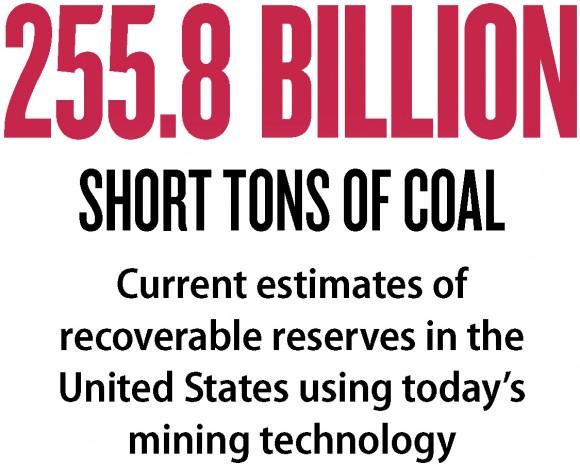
The Petra Nova plant in Thompsons, Texas, was on budget and on time, a rare success. It cost about $1 billion, including about $200 million from the U.S. Department of Energy.
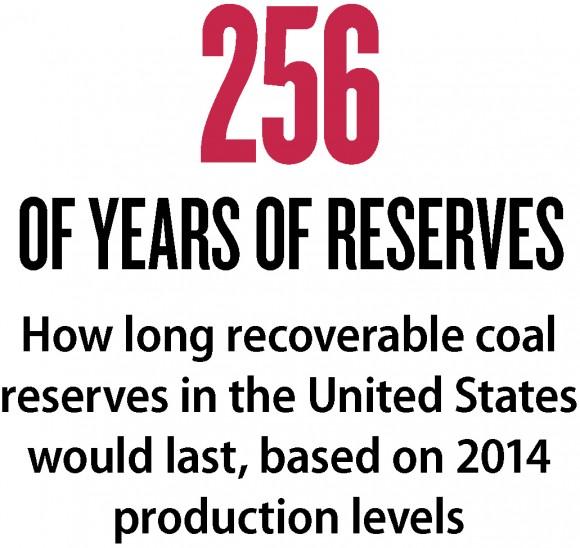
Coal-fired power plants using CCS technology cost about 70 percent more to build and operate than those without, said Ed Rubin, a professor of engineering, public policy, and mechanical engineering at Carnegie Mellon University in Pittsburgh.
But he is hopeful that the cost can come down. For example, when technology to clean sulfur dioxide out of coal emissions first emerged in the 1970s, it was uneconomical and flawed. Yet with government incentives and continued research and development, the price dropped. This technology is widely used today, Rubin said.
He also expects Petra Nova to set a good example for the industry: “It’s the one to watch. I would suspect that the plant will operate well and reliably, and will probably be the best current example.”
Early Experiences
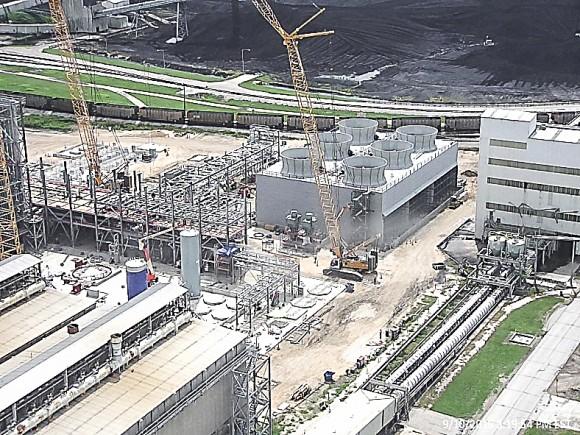
Boundary Dam coal-fired power plant in Saskatchewan, Canada, started using CCS in 2014. Until Petra Nova, it was the only full-scale operating example of this technology.
To clean the coal, Boundary Dam uses a liquid solvent. The solvent bonds with carbon dioxide (C02), particulates, sulfur oxides, and nitrogen oxides to capture them from the power plant’s exhaust. The solvent is then heated, causing it to release these pollutants into storage containers.
The storage containers are transported to oil fields, where the CO2 and other substances are pumped into the ground to help push out oil. The substances remain sequestered deep underground. Injecting pollutants into the earth is a common form of waste disposal, though it has raised a range of concerns about potential ground water pollution.
Petra Nova, twice the size of Boundary Dam, uses similar technology. It is capable of reducing CO2 emissions by 90 percent, emitting far less carbon than a modern gas-burning plant, Rubin said.
Boundary Dam also aims to capture 90 percent of its carbon. So far, due to design problems and mechanical issues, it hasn’t achieved this goal, but in some months it has captured 80 to 85 percent.
Yet it has improved. It captured almost twice as much carbon in 2016 as it did in 2015. Supporters have said any new technology will have its setbacks.
Both plants already existed and were retrofitted with CCS, providing hope for other existing coal plants.
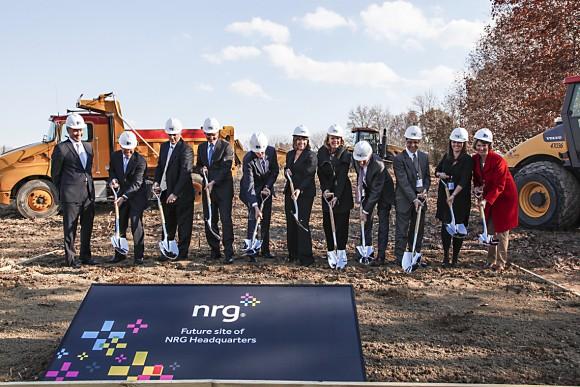
The U.S. National Energy Technology Laboratory keeps a database of CCS projects all over the world. The database shows a smattering of other projects, most in the pilot phase or operating at a small scale (capturing some 20 or less metric tons of carbon daily, compared to Boundary Dam’s 2,500 or Petra Nova’s 5,000).
It also shows dozens of terminated projects.
Norway’s Oil and Energy Ministry scrapped a CCS project in 2013 that then-Prime Minister Jens Stoltenberg likened to putting a man on the moon. He had hoped Norway would lead the way with this technology and export it. Delays and a budget overrun of $280 million killed the project.
The Kemper County Energy Facility in Mississippi is America’s other high-profile attempt at CCS. Originally expected to cost about $3 billion and open in 2014, its costs are now up to $7 billion and it still isn’t operational.
Although it’s an often-cited example of CCS failure, Rubin warned that it uses a different method than Petra Nova or Boundary Dam and shouldn’t be compared with them.
Instead of capturing carbon after the coal is burned, Kemper will turn the coal into gas before it is burned. Impurities can then be separated from the gas before it is used to produce electricity.
This method, among others, is still experimental.
“Somebody has to put a lot of money to do trials on these technologies to commercialize them. Then the technology becomes a lot cheaper,” said Rajender Gupta, a chemical engineer at the University of Alberta, who is enthusiastic about the potential of some emerging technologies.
Proponents and opponents generally agree that CCS is not yet economically viable. Whether it will become so depends partly on the cost of other energy sources. Yet according to Rubin, “relative to other options of getting large reductions in greenhouse gas emissions, it’s cheaper.”
The Costs
The energy sector is looking to cut carbon emissions. The Clean Power Plan—which would place limits on carbon emissions at U.S. power plants—is on hold pending litigation, as a coalition of governors who oppose it are suing. But state-level regulations, and the threat of the Clean Power Plan becoming law, have made low-emission energy sources more appealing.
Ted Nace, director of the anti-coal project CoalSwarm, said via email: “Even without the cost of carbon capture, solar is already pushing coal into oblivion.” He noted the 62 percent drop in the price of solar panels since 2009.
It will, however, still take time and improvements in technology if solar and wind are to be main sources of power. Combined, they only make up about 5 percent of U.S. electricity generation. Coal and natural gas each provide about 30 percent.
Natural gas is CCS coal’s No. 1 competitor for now. With low natural gas prices, the price difference between the two would have to shrink considerably to make CCS more appealing.
Legislation and government financing could also boost clean coal under the supportive Trump administration, which has set making America energy independent as a key goal.

Natural gas can also use CCS, as can other fossil fuels, Gupta said. Although natural gas emits relatively little carbon, it still emits some. CCS is also used on a small scale at some biofuel plants. So there are other benefits to developing the technology.
Researchers at the Massachusetts Institute of Technology wrote in a 2015 paper that goals to cut carbon emissions globally could leave two-thirds of coal, oil, and natural gas reserves in the ground. CCS is the only technology that could cut emissions while still utilizing potentially stranded fossil fuel assets, it says.
America is the most coal-rich country in the world, with enough coal to last about 250 years, according to an estimate by the U.S. Energy Information Administration.
Opposition
Coal power faces considerable public opposition in the United States. A 2015 Gallup poll found that coal was the least popular energy source, with 43 percent of respondents wanting to see less emphasis on coal power.
Aside from the carbon concerns, environments warn of other environmental and health impacts of burning coal. The research organization Clean Air Task Force reported in 2004 that fine particle pollution from U.S. power plants kills 24,000 people annually.
CCS could be more acceptable, as it helps remove other pollutants, not just CO2. Other technologies have also been developed to specifically target other pollutants, but like CCS, they aren’t necessarily used widely.
However, there’s still opposition to some coal mining practices, such as mountaintop removal, which can maim landscapes and destroy natural habitats.
Bank of America and other banks have established policies in the past year or two to shun coal investments, partly due to economic concerns, but they have also been motivated by pressure from environmental groups to support global carbon emission goals.
Trump is supportive of the coal industry, so he may decide to give CCS technology a push to get past the testing stage. At that point, it will be more clear if it can fulfill the promise of having coal and cleaning it too.
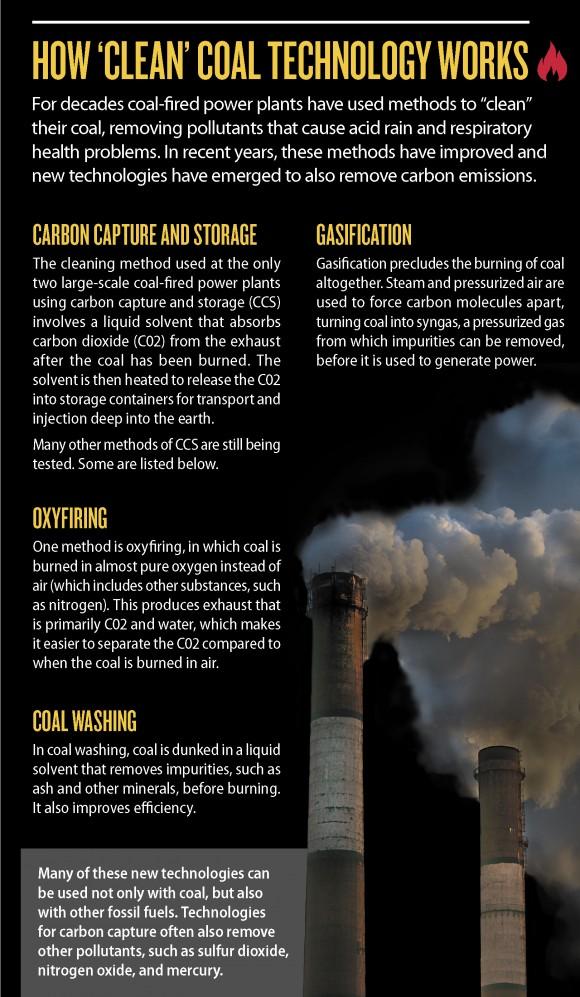
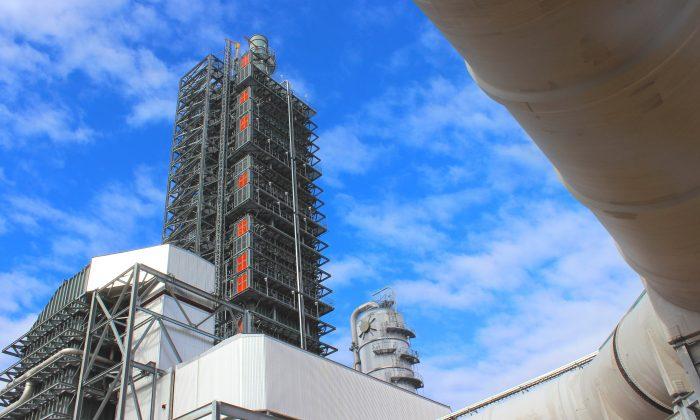





Friends Read Free